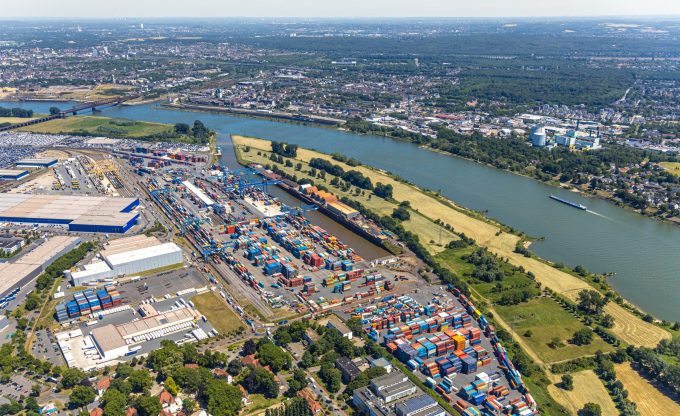Duisburg and Cosco to build Europe's largest inland container terminal
The port of Duisburg is teaming up with Cosco Shipping Logistics to build Europe’s largest ...

Development of the California Inland Ports (CIP) project could offer a solution to logistics challenges that have been brought into sharp focus by the pandemic and subsequent surge in demand across the US.
The proposals are to develop four inland logistics centres in California, stretching from Sacramento in the north to Bakersfield, north of Los Angeles, in California’s central valley area. No site has been selected yet, but the plan is to alleviate the pressure on the LA port complex while ...
Keep our news independent, by supporting The Loadstar
Volume surge and an early peak season? 'Don't celebrate too soon,' warning
Container spot rates diverge: to Europe still falling, but firmer to the US
Hapag-Lloyd won't take bookings if port congestion leaves cargo stranded
Ecommerce likely the front-runner in resurge of transpacific trade after deal
China-US trade tariff pause could drive a rebound for transpacific rates
Service chaos from trade ban with India a problem for Pakistan shippers
Airfreight rates ex-China 'loss-making', but hopes of a trade deal stay high
Carriers impose 'emergency operation' surcharges on Pakistan cargo
Serious threat to jobs in US logistics as tariffs cause economic 'stagflation'
Shippers should check out the 'small print' in China-US tariff cuts
15% rebate for box ships as Suez Canal Authority woos carriers
White House u-turns see freighters flying but keep logistics players on their toes
MSC in terminal switch as Nhava Sheva gets strong start to new fiscal year
Peak season or recession? Forwarders and shippers need to 'stay flexible'
Volga-Dnepr claims 'pirate' Canada has 'hijacked' its stranded aircraft

Comment on this article